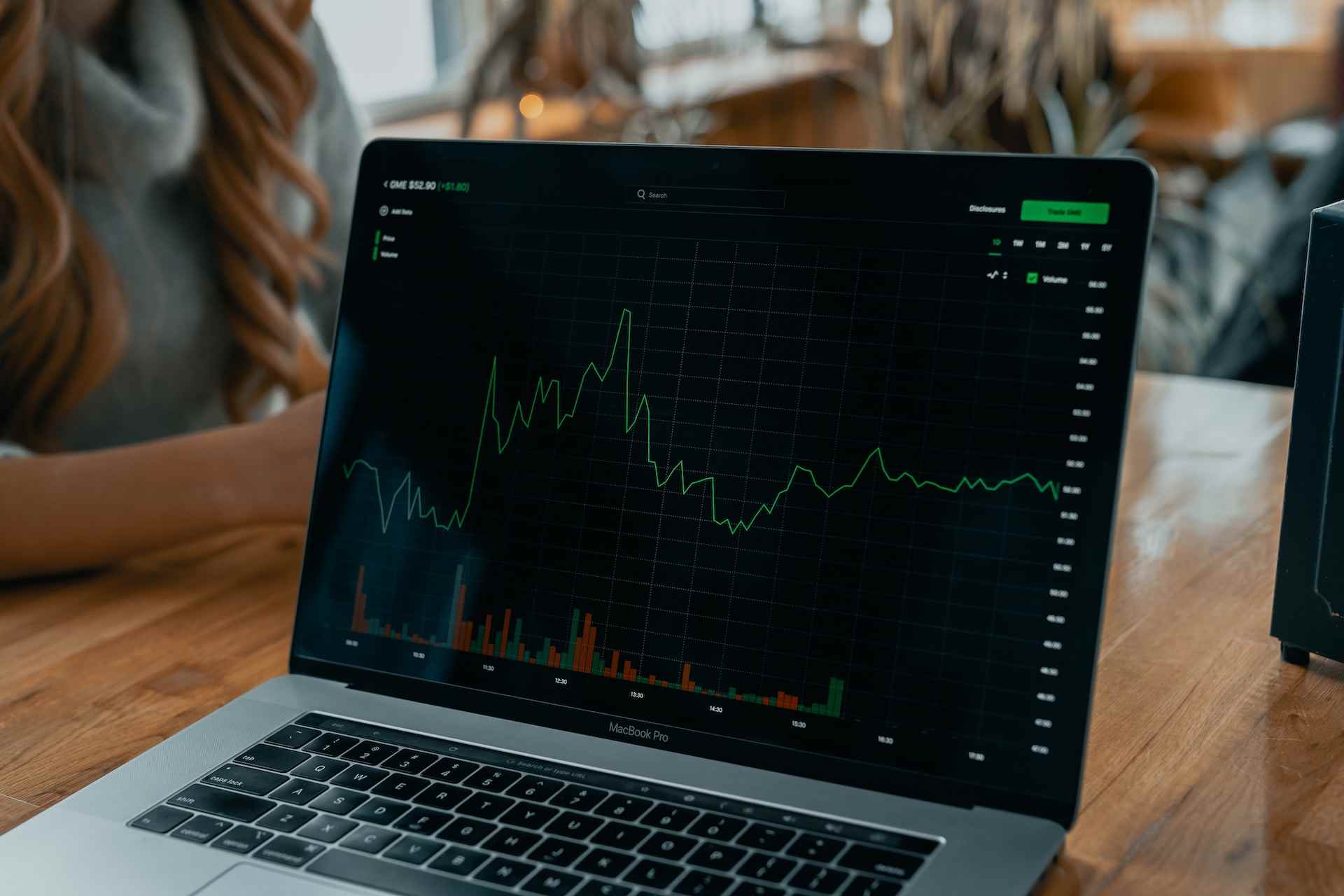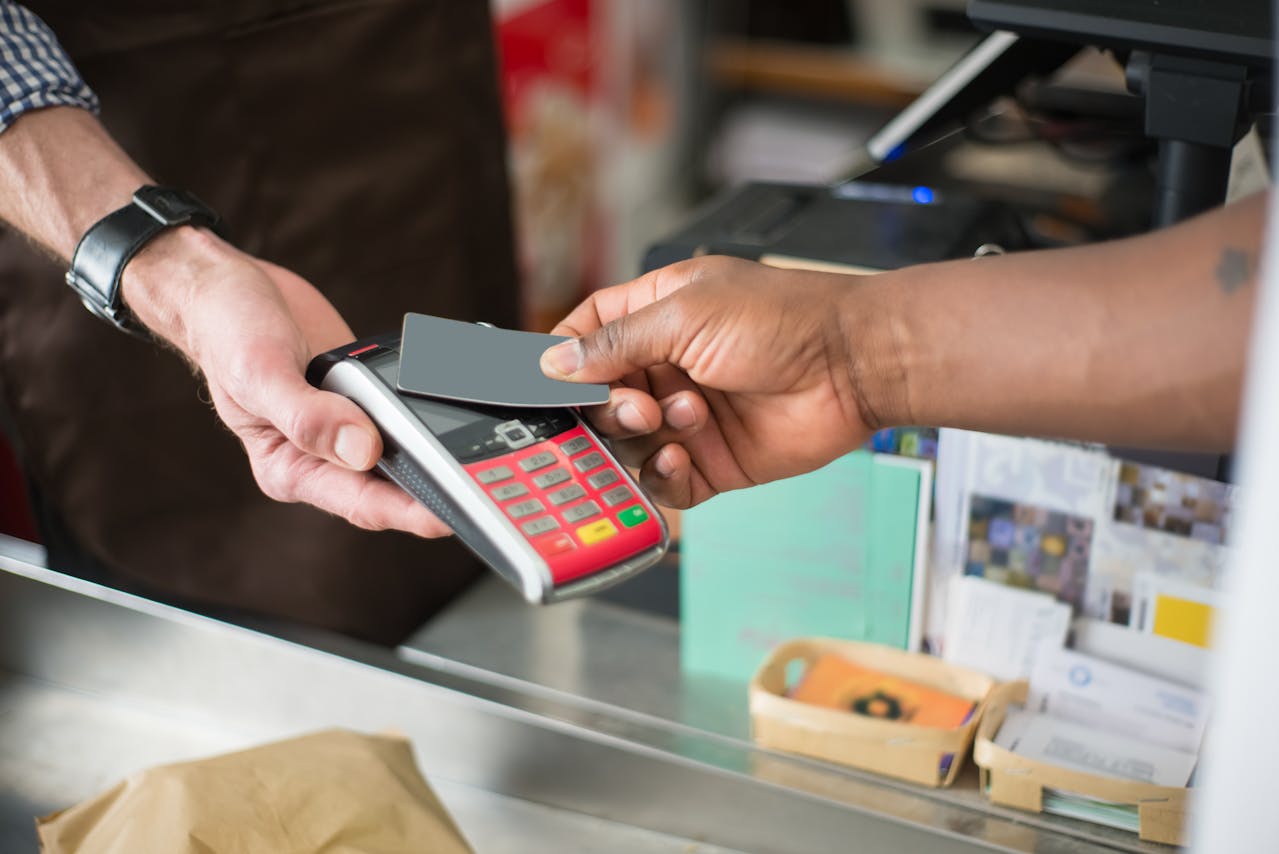

Since 2020, Southeast Asia has gained over 40 million people in its digital economy, presenting abundant opportunities for enterprises aiming to provide digital services.
The emergence of a digital-first world has brought consumer experience strategy to the forefront of enterprises' priorities, emphasizing convenience as the highlight of their services. The region's top-of-mind super apps, such as Grab and Gojek, have already established infrastructures and resources to cater to their customer base's needs. However, the region still lacks proper IT talents and competent human resources to fulfill the rapidly growing digital transformation companies need.
As a result, companies rely on data-driven automated approaches by investing in existing applications providing the desired services and output. The phenomenon synergizes Southeast Asian enterprises to consolidate and create a digital ecosystem inside the region.

Recently, Southeast Asia has been home to digital innovation focusing on enhancing the consumer experience. For example, one of the most highlighted agendas is the development of cloud systems. The establishment of on-premise and cloud architecture has recorded a rise of 68 percent in 2020 alone. Additionally, Software as a Service (SaaS) has shown a significant increase in installments across the Business-to-Business (B2B) ecosystem.
Edge computing has also started to embed its presence in Southeast Asia's digital economy. Edge computing allows digital operations to perform outside of the company's centralized data center, connecting the endpoints and core IT environment while also enabling consumer security.
The need for consumer security has enhanced due to the majority of workforces' continuing remote working culture. Nowadays, more and more Southeast Asian workers are logging on from various locations to conduct their day-to-day mundane.
With many innovations happening in the Southeast Asian digital market, the industry requires other sectors to cooperate to continue digital developments. Countries across the region are moving to implement 5G network service as a solid foundation to harness the incoming potential of the digital market. However, the realization of consumer experience planning transformation in the Southeast Asia digital economy requires several other steps done by all layers of the industry players.
Businesses need to dissect how they could tie consumer experience to their initiatives. When done correctly, the appropriate consumer experience could bring expansionary insights into how companies could do better by implementing the algorithm and reactive consumer technologies.
Consumers are now indulging the comprehensive benefits that the existing super-app has to offer. Therefore, businesses need to reconstruct their perspectives in consolidating with relevant partners in order to provide an end-to-end service that consumers can explore in their respective sectors.
Consumer experience can be the gateway for companies to collect data and leverage data-driven approaches to gain knowledge on how to better their services. Thus, businesses need to disburse their touchpoints and allow as much traffic to get into their system, eventually allowing better data analysis.
Forecasted to contribute 45 percent of the global digital economy, Southeast Asia's investment landscape in the consumer experience service provider is entering its robust growth stage, gaining double-digit traction alongside its infrastructure development.

Digital Lending in Southeast Asia: Current Trends and Future Outlook
Digital lending in Southeast Asia (SEA) has been on an upward trajectory, significantly enhancing financial access for both individuals and businesses. The region's high internet and mobile penetration rates have facilitated this growth, enabling more people to access financial services conveniently. Governments across SEA are actively promoting digital lending as a means to improve financial inclusion, particularly for the underbanked and unbanked populations. For instance, digital lenders in countries like Indonesia and the Philippines have capitalized on the surge in internet usage to offer innovative lending solutions.

The Latest Trends and Developments in SEA’s Digital Payments Landscape
The adoption of digital payments in Southeast Asia (SEA) has accelerated, driven by technological advancements, government initiatives, and changing consumer behaviors. It has evolved from simple online transactions to sophisticated financial ecosystems that include various payment methods such as mobile wallets, QR code payments, and Buy Now Pay Later (BNPL) options.

Navigating the Digital Era: Future Jobs and Skills in the Age of Digitalization
The job market's transformation driven by digitalization highlights the need to understand emerging trends and acquire essential skills for thriving.

Navigating Key Challenges in Southeast Asia’s EV Market
Southeast Asia (SEA) finds itself at a crucial juncture in the journey towards electric vehicle (EV) production and adoption as the world transitions towards sustainable transportation solutions. The region has several significant keys for developing the EV industry, such as Indonesia's nickel supply and Thailand's EV manufacturing potential. However, the ASEAN EV industry faces many challenges and threats that must be overcome to ensure success in the region.